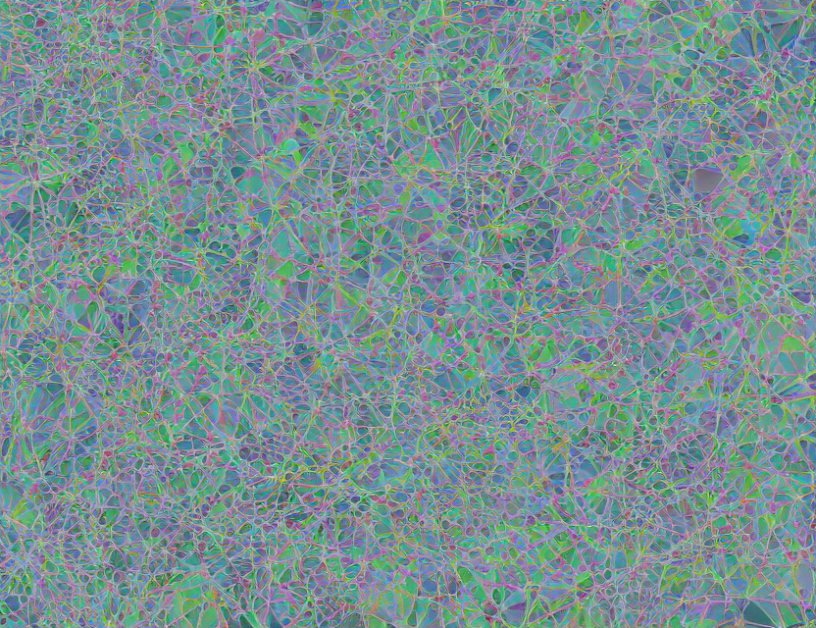Text-to-image synthesis is a rapidly growing field in artificial intelligence that enables computers to generate images from textual descriptions. However, this technology can sometimes produce unrealistic or incomplete images, leading to a lack of understanding about how it works. In this article, we aim to demystify the complex concepts behind text-to-image synthesis and provide a comprehensive overview of the state-of-the-art techniques and their applications.
Understanding Text-to-Image Synthesis
Text-to-image synthesis is based on deep learning models that take in textual descriptions as input and generate images based on the semantic meaning of the words. These models use various techniques, such as attention mechanisms, to focus on specific parts of the text and generate images that match the intended meaning.
One of the key challenges in text-to-image synthesis is dealing with the vast possibilities of image generation. Unlike language translation, where the number of possible translations is limited, images can have an almost endless number of variations. To address this challenge, researchers use techniques such as diffusion models, which allow users to guide the generation process by providing feedback on the produced images.
Applications of Text-to-Image Synthesis
Text-to-image synthesis has numerous applications across various industries, including entertainment, advertising, and healthcare. In the entertainment industry, it can be used to generate special effects for movies and video games, while in advertising, it can help create eye-catching images for products and services. In healthcare, text-to-image synthesis can be used to generate medical imaging data for training machine learning models or visualizing complex anatomy.
State-of-the-Art Techniques
Several techniques have emerged as state-of-the-art in text-to-image synthesis, including:
- Diffusion Models: These models allow users to guide the generation process by providing feedback on the produced images. This technique has been used in various applications, including text-to-image synthesis for medical imaging data.
- Text Encoding Methods: Researchers have developed various methods to encode text into numerical representations that can be fed into deep learning models. These methods include word embeddings, one-hot encodings, and character-level representations.
- Attention Mechanisms: Attention mechanisms are used to focus on specific parts of the input text when generating images. This helps improve the accuracy and relevance of the generated images.
- Generative Adversarial Networks (GANs): GANs are a type of deep learning model that consists of two neural networks, a generator, and a discriminator. The generator generates images based on the input text, while the discriminator evaluates the generated images and provides feedback to the generator.
Future Directions
The field of text-to-image synthesis is rapidly advancing, with new techniques and applications emerging every year. In the future, we can expect to see further improvements in the quality and diversity of generated images, as well as increased use of text-to-image synthesis in various industries.
Conclusion
Text-to-image synthesis is a rapidly growing field that has the potential to revolutionize various industries. By demystifying the complex concepts behind this technology, we can better understand its potential and applications. As the field continues to advance, we can expect to see improved image quality and diversity, as well as increased use in various industries.



